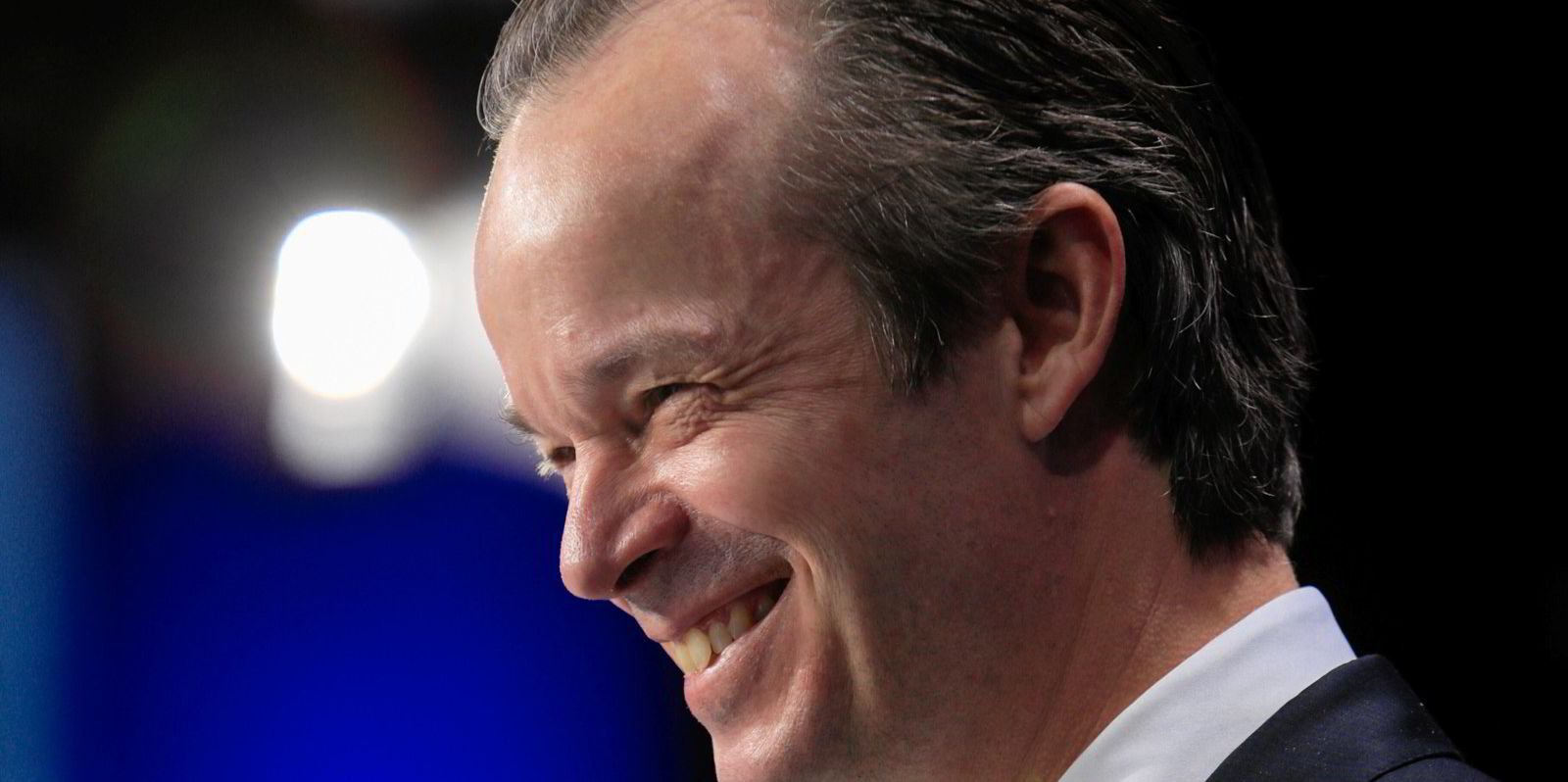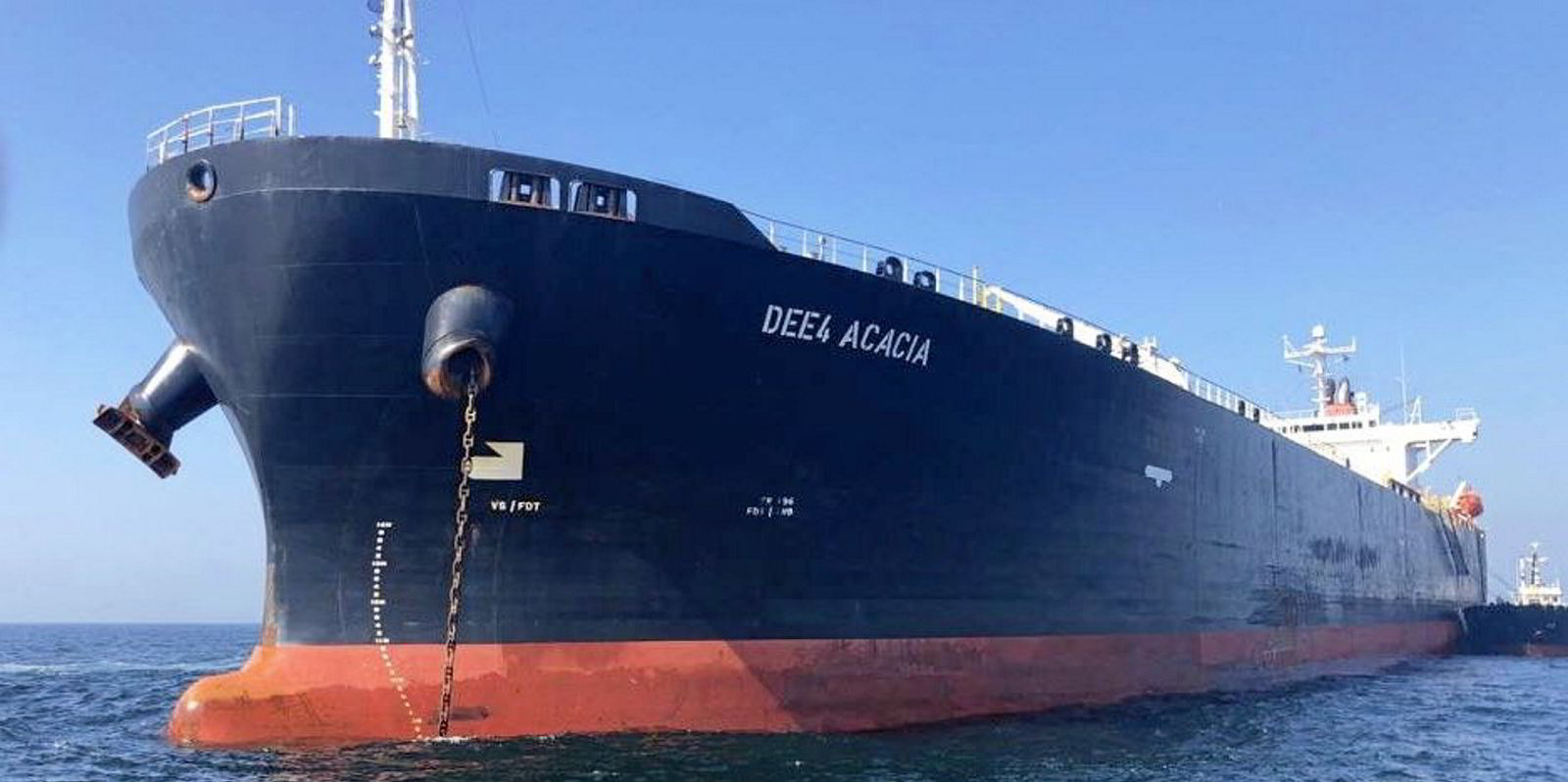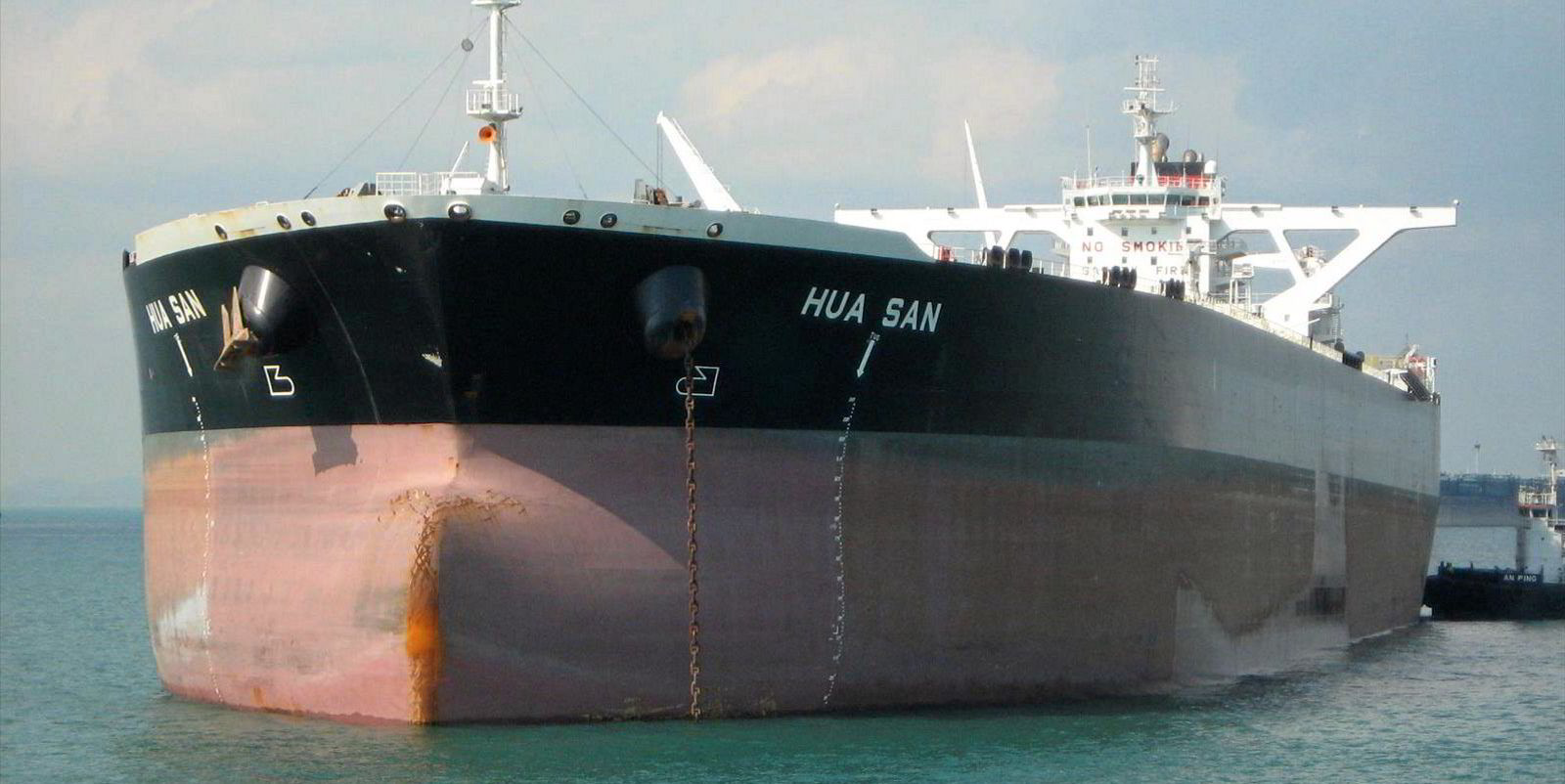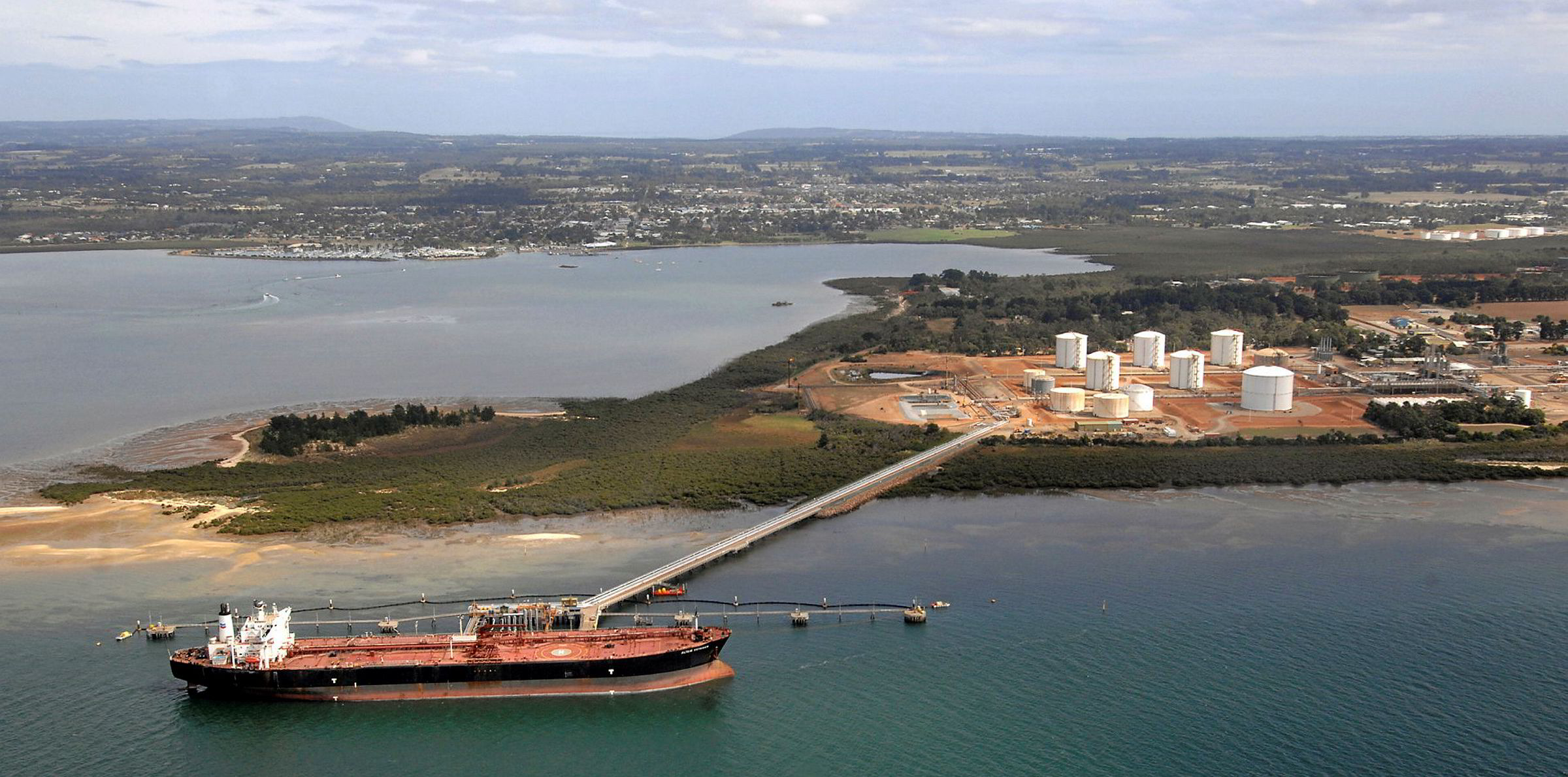Product tanker owners are looking east for better earnings prospects as oil demand recovery in Asia outpaces the West.
The Atlantic basin traditionally has been the focus of the winter market, with European nations pulling in large quantities of middle distillates on MRs from the US Gulf and LRs from East Asia and the Middle East.
But this year’s trade patterns have been disrupted by a collapse of diesel and jet fuel consumption in Europe during the Covid-19 pandemic.
“Refined oil flows in Europe have been falling across European importers, with several owners avoiding the market due to the available tonnage already gathered in the region,” IHS Markit liquid bulk principal analyst Fotios Katsoulas said.
“With European countries announcing more lockdowns, I think the sentiment is better east of Suez.”
The Baltic Exchange’s MR Pacific basket rate has surpassed the Atlantic since November, with the gap briefly widening to above $10,000 per day lately.
Moreover, spot LR earnings on eastbound routes consistently have outperformed the west-of-Suez trades by more than $5,000 per day in recent weeks.
Most analysts believe the relative strength results from recovering oil demand and refinery runs in many Asian countries, which offer more trading opportunities via backhaul cargoes on regional routes.
“The recent surge in product tanker rates in the east-of-Suez market is primarily driven by the strong recovery in oil demand and refinery runs in Asia and the Middle East,” Drewry lead tanker analyst Rajesh Verma said.
“While oil demand in Asia in the fourth quarter [of] 2020 has returned to the 2019 level, demand is still weak in Western markets especially in the US and Europe because of the pandemic.”
Jens Christophersen, Hafnia’s executive vice president for commercial matters, highlights rising refinery runs in India and China as “positive for shipping”.
Aside from being the region’s top oil consumers, the two countries have emerged as export powerhouses for refined products following refinery expansion in the past decade, providing many tanker employment opportunities.
Positioning for Asia
Higher freight earnings have prompted more owners to deploy their tonnage to Asia, a trend set to continue in the coming months.
Kpler data showed 1,509 product tankers with total capacity of 72.5m dwt in the east-of Suez market during the week beginning on 14 December, versus 1,483 ships totalling 69.8m dwt at the beginning of October.
Torm chief executive Jacob Meldgaard said he recently saw the highest number of vessels ballasting from the western coast of the Americas to East Asia in several months.
He added that this is “an indication on how the supply side is reacting to price signals”.
With Asian countries apparently in better control of the Covid-19 pandemic, oil analysts expect their oil demand recovery to be quicker than Western markets.
The International Energy Agency has forecast oil consumption in the Asia-Pacific region would reach 35.9m barrels per day (bpd) in 2021, exceeding the 2019 level of 35.8m bpd.

In contrast, consumption in the Americas is expected to average 30.1m bpd next year, compared with 31.9m bpd last year. The IEA anticipates European demand would fall to 14.1m bpd in 2021 from 15m bpd last year.
“We should expect that in particular the LRs will consider ballasting from the West to East, which will add to a rebalancing within the next few months,” Christophersen said.
Demand from Down Under
Both Torm and Hafnia, two of the world’s largest product tanker operators, suggest Australia as a potential bright spot for the product tanker trade.
With BP winding down operations at the 146,000-bpd Kwinana refinery in Western Australia, the country is widely expected to increase imports of transport fuels in the coming quarters.
According to a government forecast, Australian imports of petroleum products will rise 22.6% to 785,000 bpd in the year to 30 June 2021.
The import requirements could be further boosted, as Ampol is mulling over the permanent closure of its 109,000-bpd Lytton refinery and Viva Energy its 120,000-bpd Geelong plant.
Australia generally sources refined products from other Asian countries via MR shipments, and any incremental imports would boost tonne miles disproportionally because the country is far from main shipping lanes.
“The general development points towards longer tonne-mile demand as old and inefficient refineries close and their production is replaced by products produced far away,” Christophersen said. “This is particularly evident for Australia.”






